Rain Lily (Yellow) (Zephyranthes Lily) – Bulb (Set of 10)
Note: Images are for reference purposes only. Actual product may vary in shape, height, appearance depending on climate & age etc.
₹ 280.00 Original price was: ₹ 280.00.₹ 260.00Current price is: ₹ 260.00.
Out of stock
Add a pop of vibrant yellow to your garden or home with the Rain Lily (Yellow), scientifically known as Zephyranthes Lily. These delightful flowers are known for their bright, trumpet-shaped blooms that appear after a rainfall, creating an enchanting spectacle in your garden. The Yellow Rain Lily is a fast-growing, low-maintenance plant that flourishes with minimal care, making it perfect for both beginner and seasoned gardeners alike. This set includes 10 bulbs, ensuring a colorful, cheerful display of blooms throughout the growing season.
Rain Lilies are ideal for flower beds, borders, or containers, and are perfect for planting in both sunny and partially shaded areas. Their ability to bloom after rain gives them a unique charm, and their vibrant yellow flowers will attract pollinators such as bees and butterflies to your garden. With their striking blooms and easy-growing nature, Yellow Rain Lilies will brighten up any space, from your garden to your patio.
Key Features:
- Vibrant Yellow Blooms: The Yellow Rain Lily produces stunning trumpet-shaped flowers in a radiant yellow color. The blooms are known to open after rainfall, adding a touch of natural beauty to your garden after a summer shower.
- Fast-Growing & Low-Maintenance: Rain Lilies are easy to grow and require minimal care, making them perfect for beginner gardeners. They grow quickly and thrive in a variety of conditions.
- Attracts Pollinators: The bright yellow flowers attract bees and butterflies, helping to create a buzzing, thriving ecosystem in your garden. These lilies are perfect for those who want to promote natural pollination.
- Versatile Planting Options: Plant the Yellow Rain Lily in garden beds, borders, or containers. They’re suitable for sunny or partially shaded areas, making them highly versatile in different garden designs.
- Product Set Includes: This set contains 10 high-quality Rain Lily bulbs, each carefully selected to ensure strong, healthy blooms and vibrant flowers throughout the growing season.
Care Instructions for Rain Lily (Yellow):
- Sunlight: Yellow Rain Lilies thrive in full sun but can also tolerate partial shade. A location with at least 4-6 hours of direct sunlight per day is ideal.
- Soil Requirements: Use well-draining soil to prevent the bulbs from sitting in waterlogged conditions. You can amend the soil with organic matter like compost to improve drainage, especially in heavier soils. In containers, use a well-draining potting mix for best results. Ensure the container has drainage holes to allow excess water to escape.
- Planting Depth and Spacing: Plant bulbs 2-3 inches deep (5-7 cm) into the soil, with the pointed end facing upwards. Space the bulbs about 4-6 inches apart (10-15 cm) to allow room for the plants to spread and prevent overcrowding.
- Watering: Water regularly during the growing season, but allow the soil to dry out between waterings. Rain Lilies do well with occasional deep watering, especially during hot, dry spells. Once the flowers bloom, water them weekly, but avoid letting the soil become soggy. Well-drained soil is crucial to prevent bulb rot. After the flowers have faded and the plant enters dormancy, reduce watering and allow the soil to dry out completely until the next growing season.
- Temperature: Rain Lilies are heat-tolerant and thrive in warm climates. They prefer temperatures between 65°F and 85°F (18°C – 29°C) during the growing season. They are hardy in USDA zones 7-10, meaning they can tolerate mild winter temperatures. In colder climates, it is best to grow them in containers so they can be brought indoors during the winter months.
- Fertilization: Fertilize the Rain Lily with a balanced, all-purpose fertilizer once in the spring, when new growth begins. Use a slow-release fertilizer or apply liquid fertilizer monthly to encourage healthy growth. Avoid excessive fertilization, as this can lead to too much foliage and fewer blooms.
- Pruning and Deadheading: After flowering, deadhead spent blooms to encourage more flowering. Simply pinch off the faded flowers at their base. Allow the foliage to die back naturally after blooming. The leaves provide essential nutrients to the bulbs, so do not remove them until they start to yellow and die back. Once the plant goes dormant, you can trim back any remaining leaves or stems.
- Winter Care (For Cold Climates): If growing Rain Lilies in a colder region (zones 6 or below), it is best to plant them in containers and bring them indoors before the first frost. If you have planted them in the ground, you can mulch around the base to protect the bulbs from frost damage. In extreme cold, consider lifting the bulbs in the fall and storing them in a dry, cool location until the next planting season.
Frequently Asked Questions (FAQ)
Q: How deep should I plant Rain Lily bulbs?
A: Plant Rain Lily bulbs about 2-3 inches deep (5-7 cm), with the pointed end facing upwards.
Q: How often should I water my Rain Lilies?
A: Water your Rain Lilies regularly, allowing the soil to dry out slightly between waterings. During blooming, water them weekly, but make sure the soil is well-drained to avoid waterlogging.
Q: Can I grow Rain Lilies in containers?
A: Yes! Rain Lilies grow well in containers as long as the pots have good drainage. Use a well-draining potting mix and place the container in a sunny spot for best results.
Q: Will the Rain Lily bloom every year?
A: Yes, Rain Lilies are perennial plants and will bloom year after year with proper care. They may go dormant in the winter and bloom again in the spring or summer, depending on your climate.
Q: How can I encourage more blooms from my Rain Lily?
A: To encourage more blooms, deadhead faded flowers and provide the plant with a balanced fertilizer in early spring. Avoid over-fertilizing, as this can lead to more foliage and fewer flowers.
Q: Are Rain Lilies suitable for dry climates?
A: Yes, Rain Lilies are relatively drought-tolerant once established. They thrive in warm climates with occasional rainfall and can handle dry periods as long as they are watered deeply when needed.
| sunlight | Full Sun to Partial Shade |
|---|---|
| watering | Medium |
| soil | Well-drained loamy soil |
| temperature | 13 to 24 °C |
| 5 | 0 | |
| 4 | 0 | |
| 3 | 0 | |
| 2 | 0 | |
| 1 | 0 |
Only logged in customers who have purchased this product may leave a review.
All the orders will be dispatched within 4-6 working days. Most of the orders are delivered within 4-5 working days from the date of shipping. All orders will be dispatched at the beginning of the week. These may be subject to change in special circumstances, such as public holidays, festive seasons and in case of high orders.

The plants may look a little dull due to transit stress. Exposure to the sun and proper watering will restore the plants to their natural health.

Related Products
Note: Images are for reference purposes only. Actual product may vary in shape, height, appearance depending on climate & age etc.
In stock
Note: Images are for reference purposes only. Actual product may vary in shape, height, appearance depending on climate & age etc.
Out of stock
Note: Images are for reference purposes only. Actual product may vary in shape, height, appearance depending on climate & age etc.
Out of stock
Note: Images are for reference purposes only. Actual product may vary in shape, height, appearance depending on climate & age etc.
Out of stock

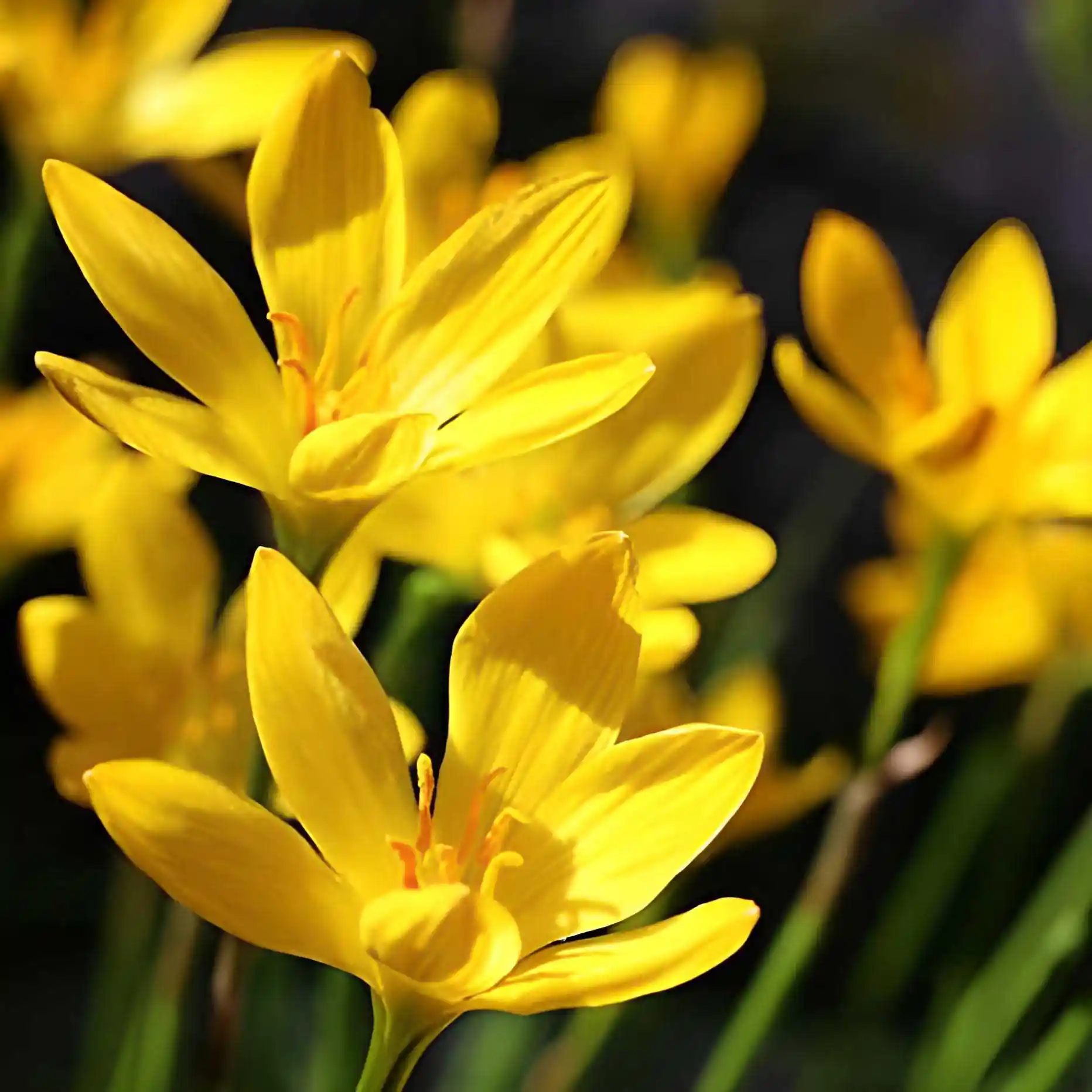

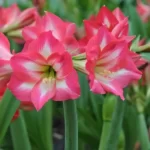
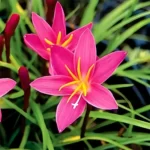
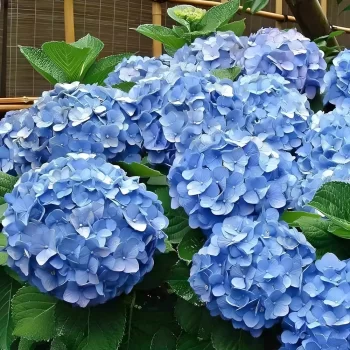
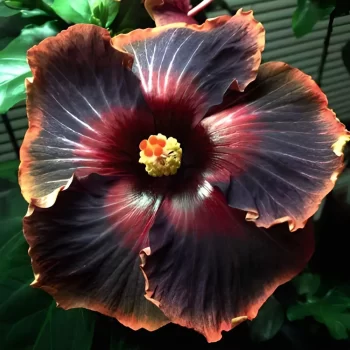
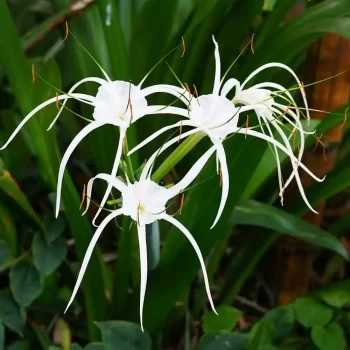
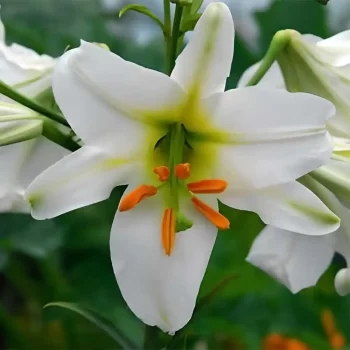

Reviews
There are no reviews yet.